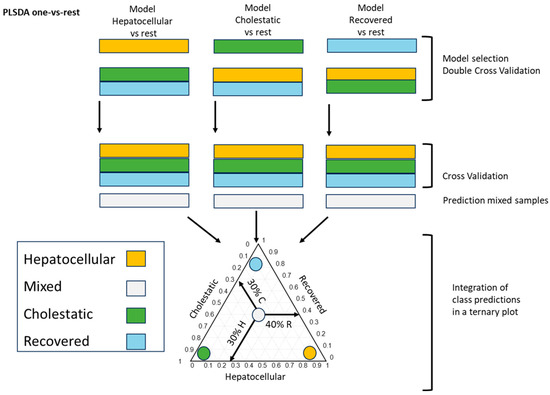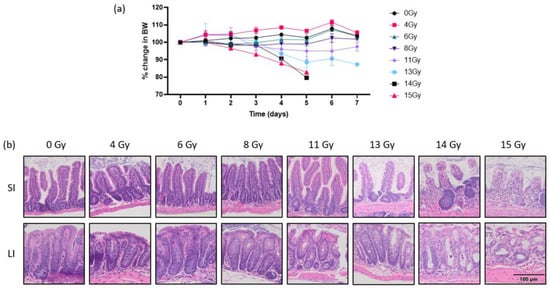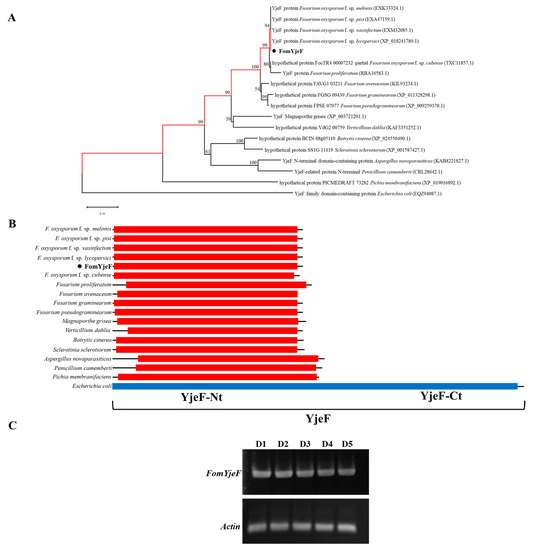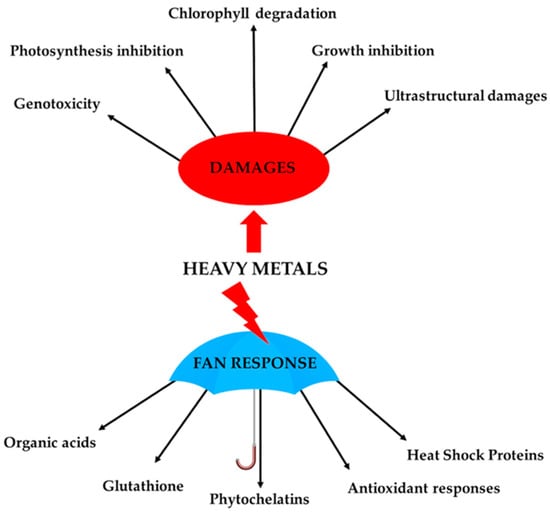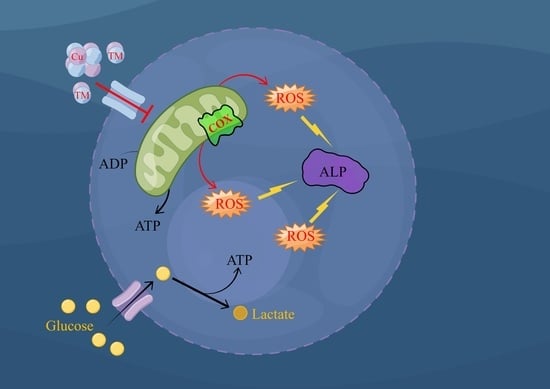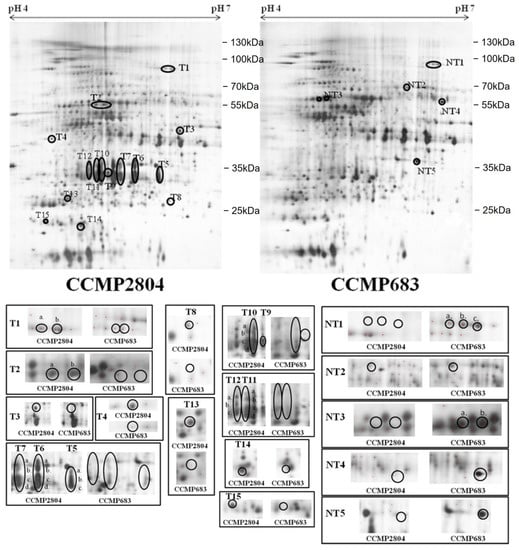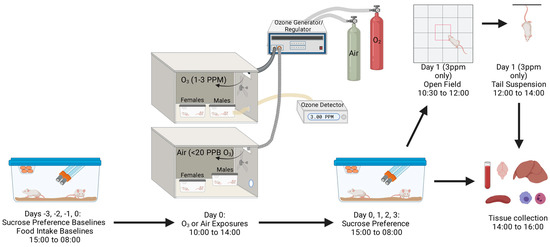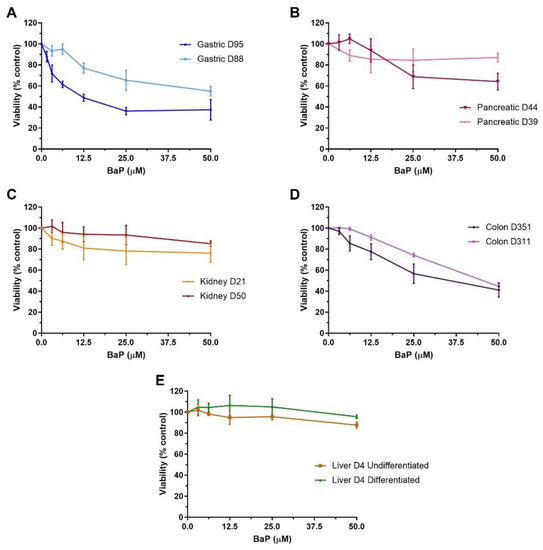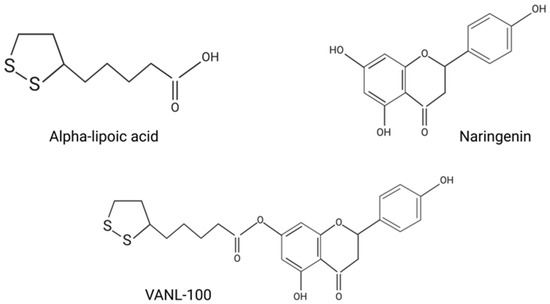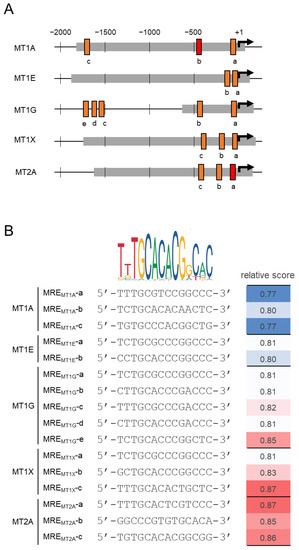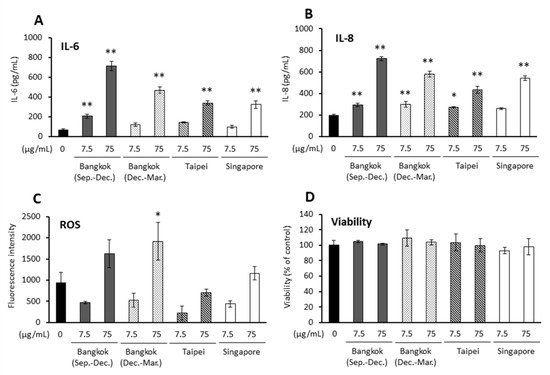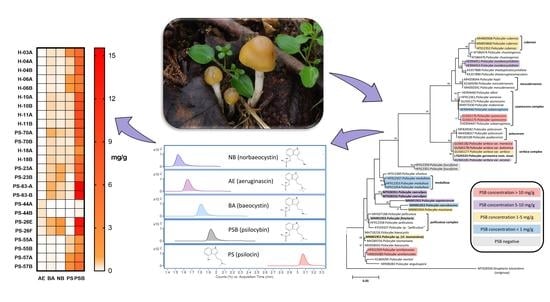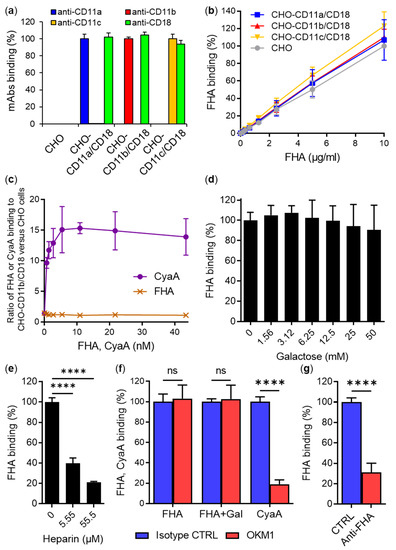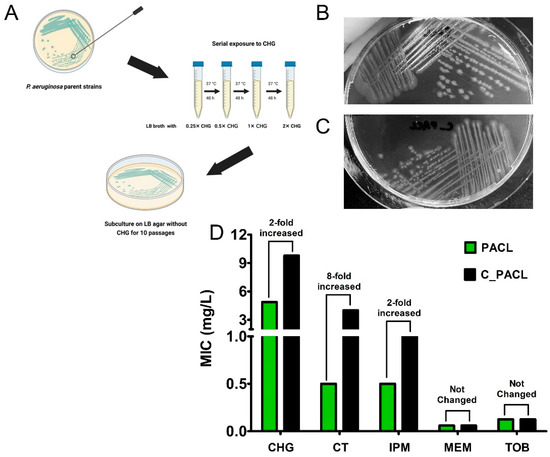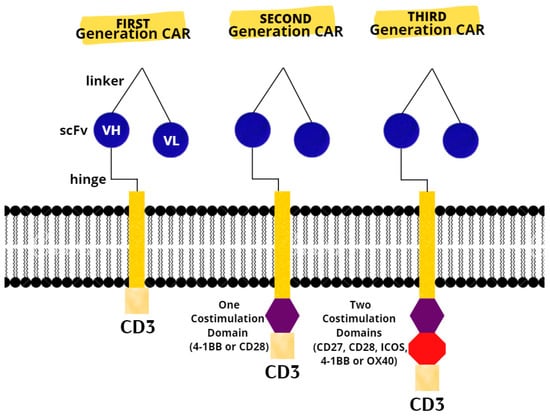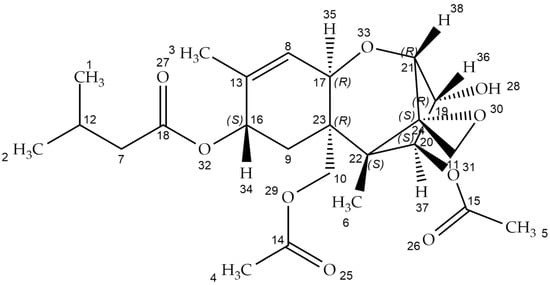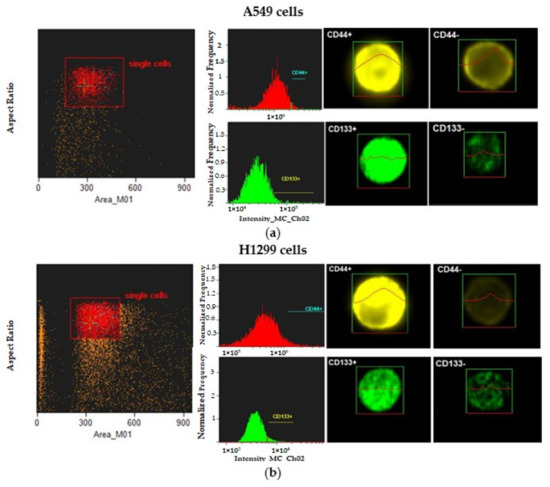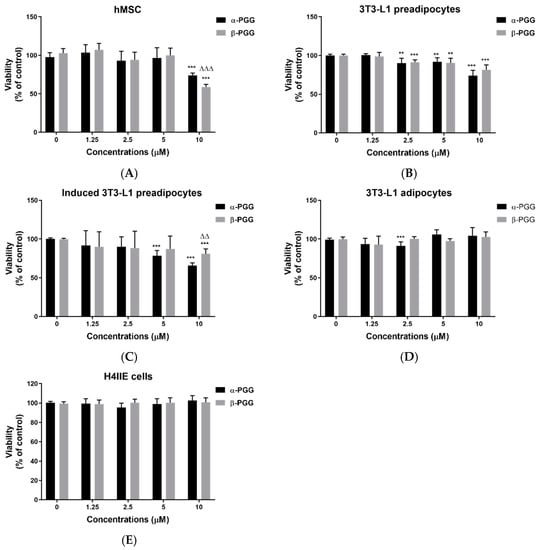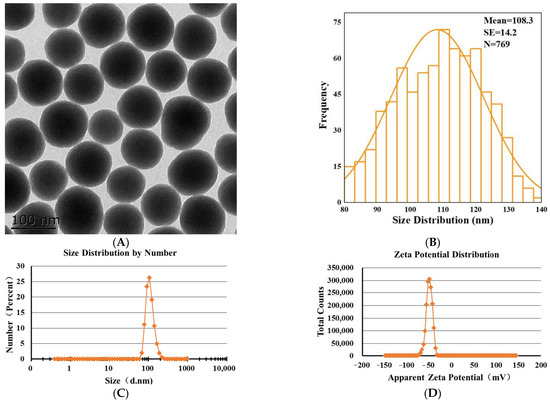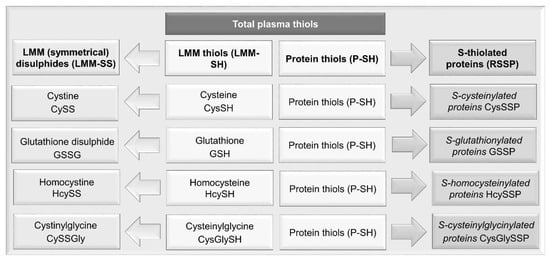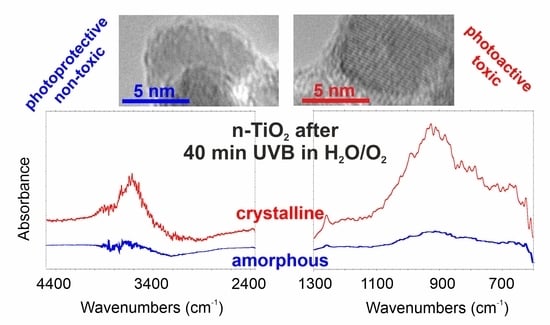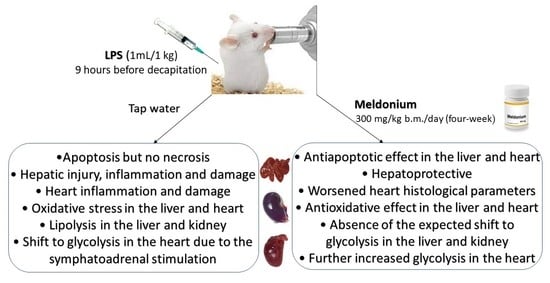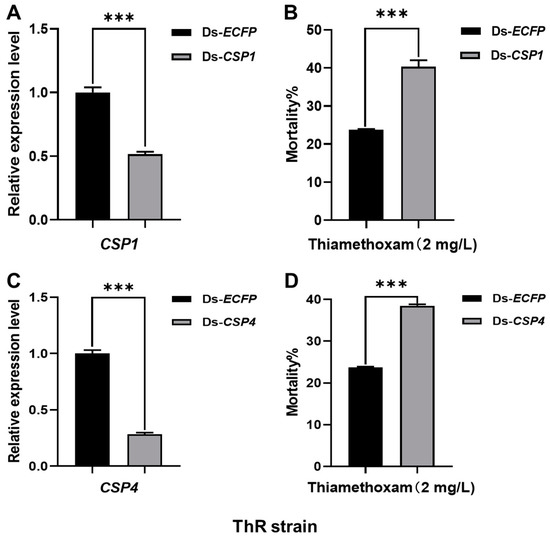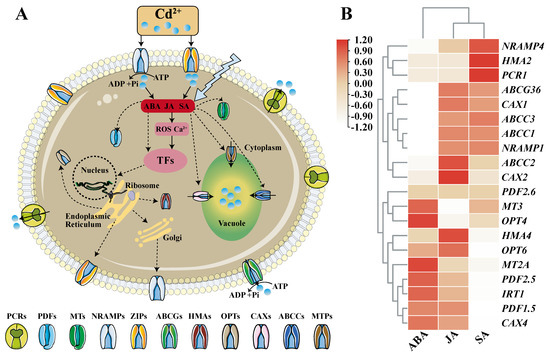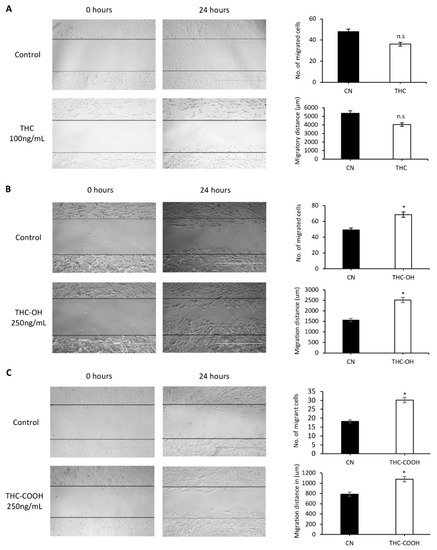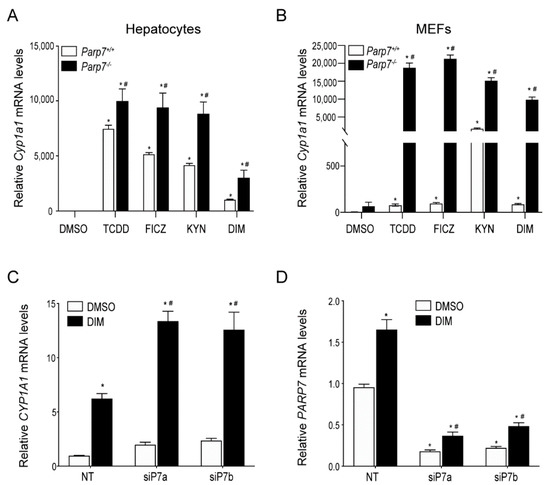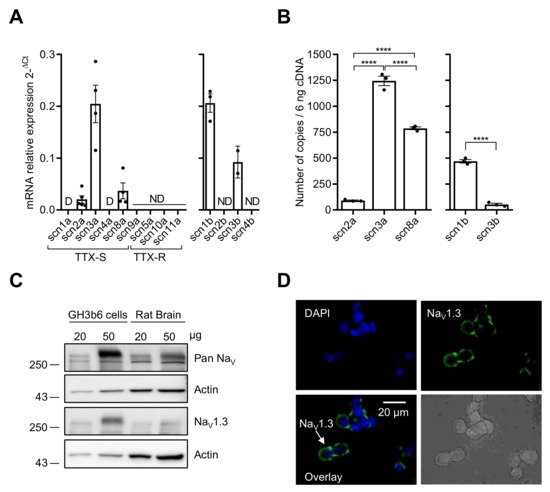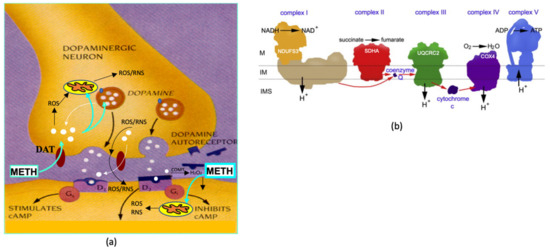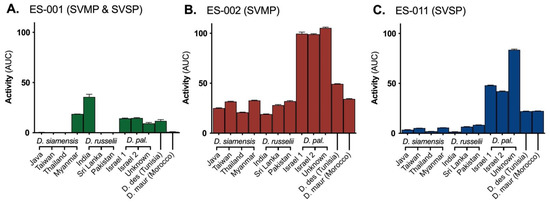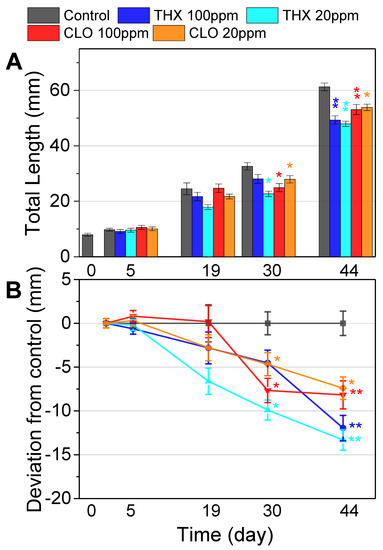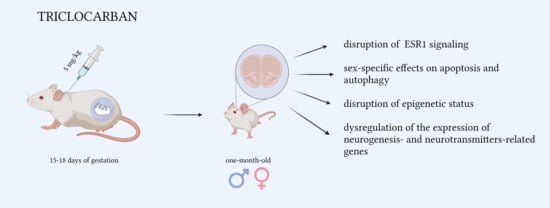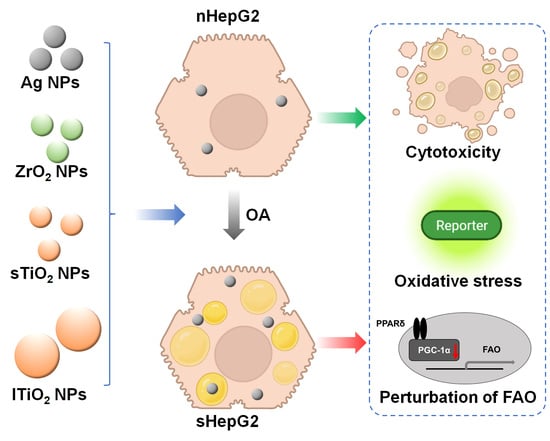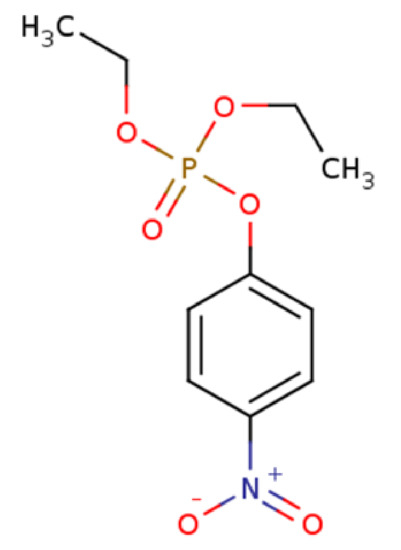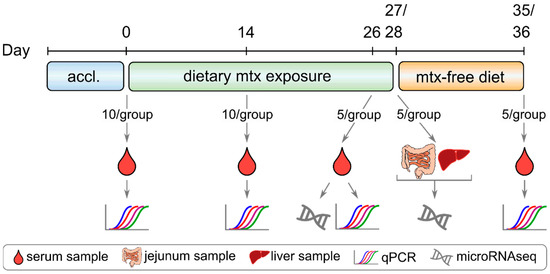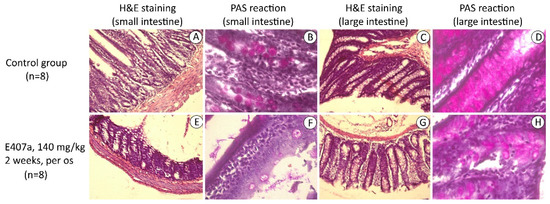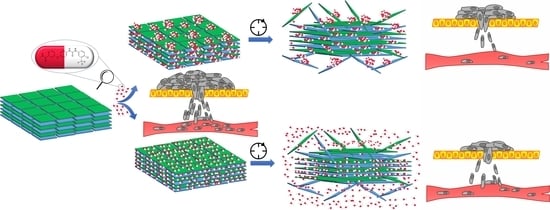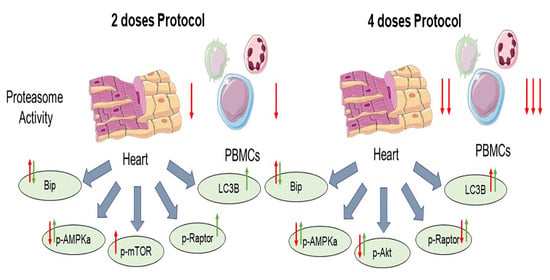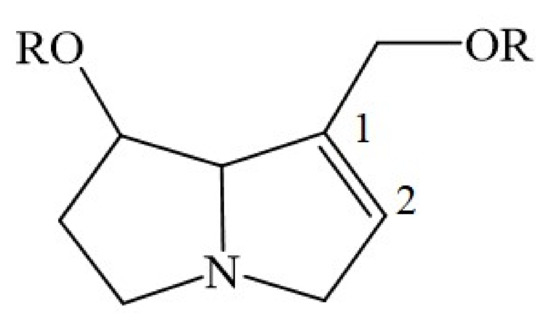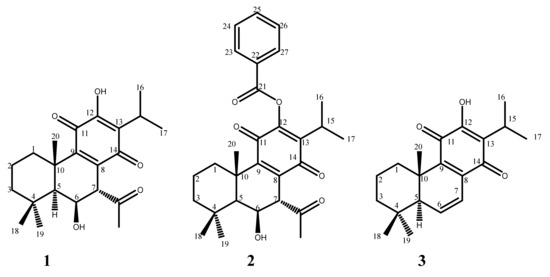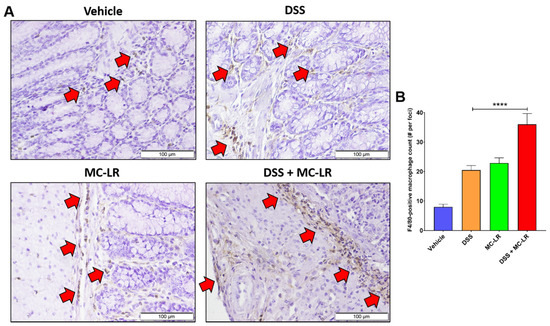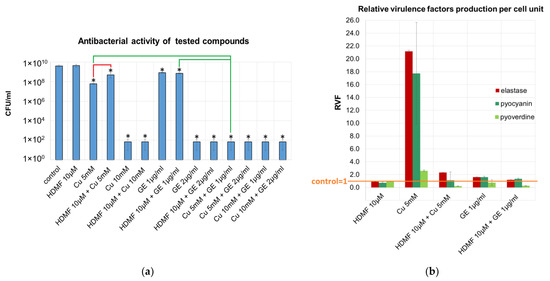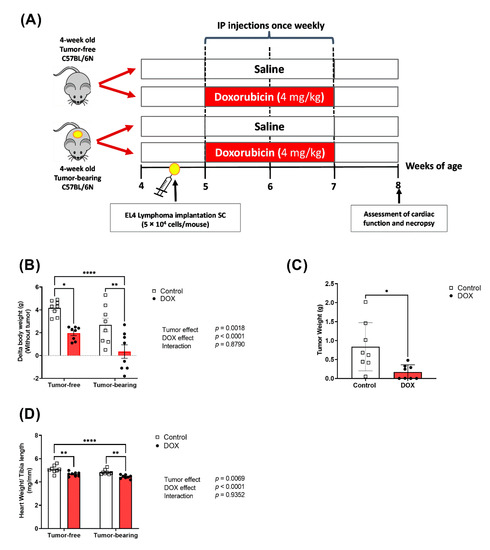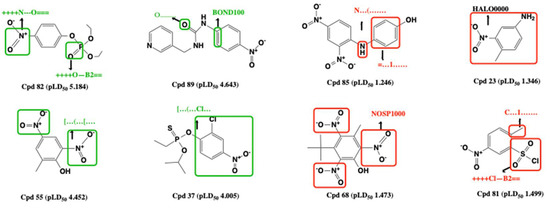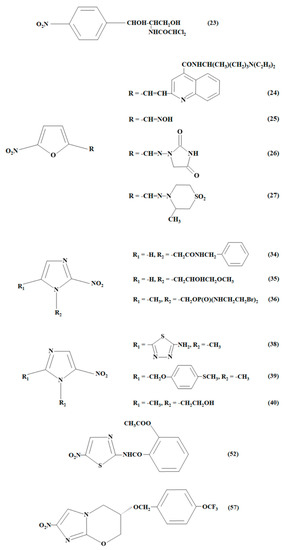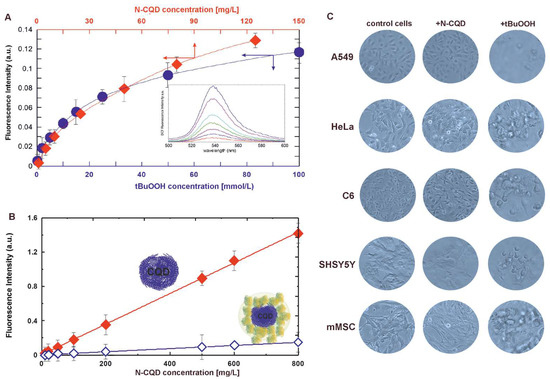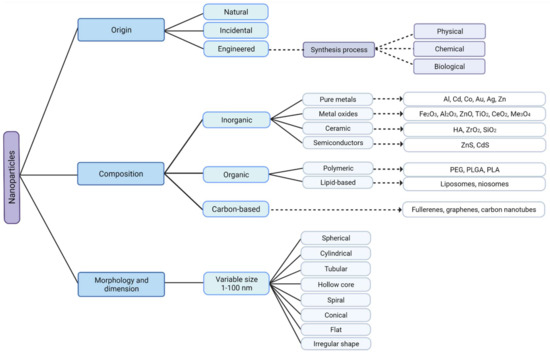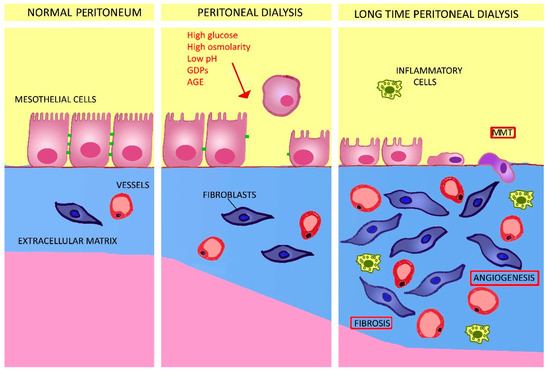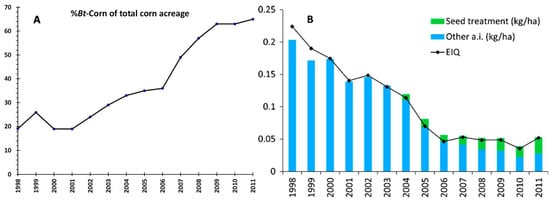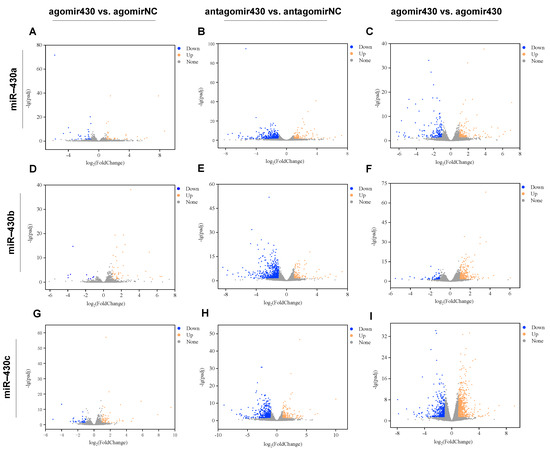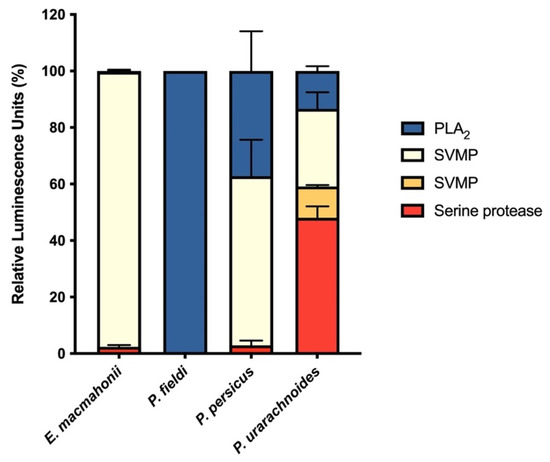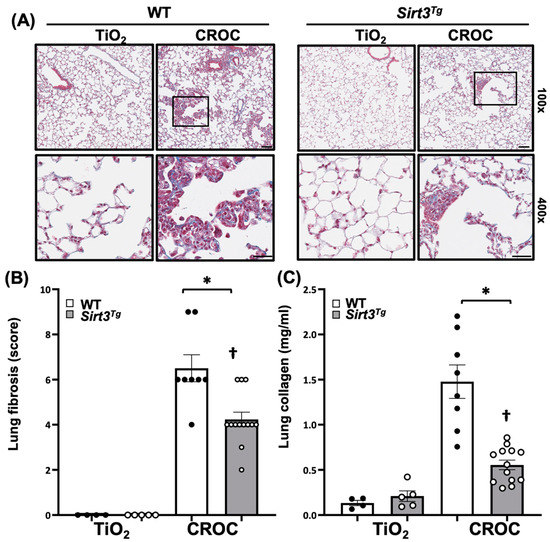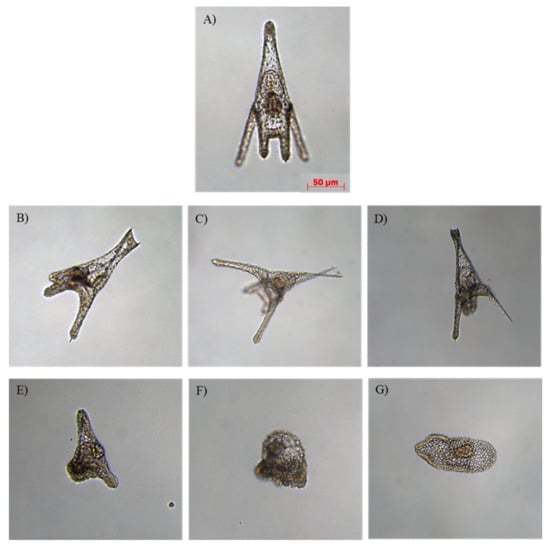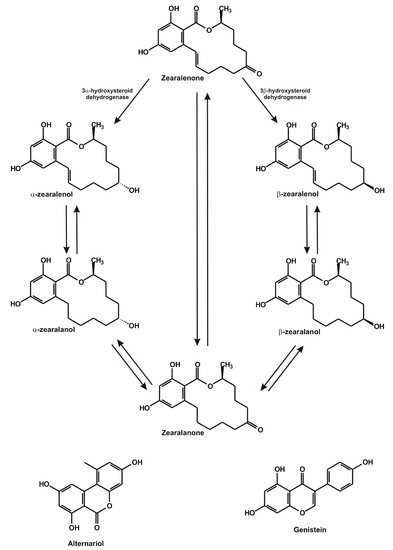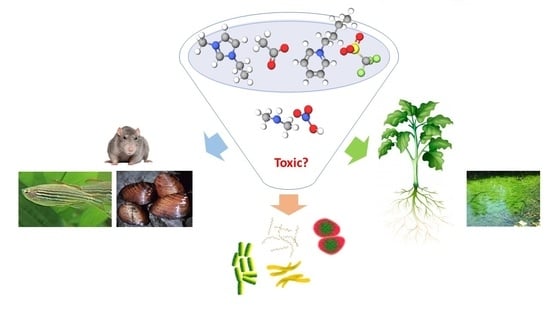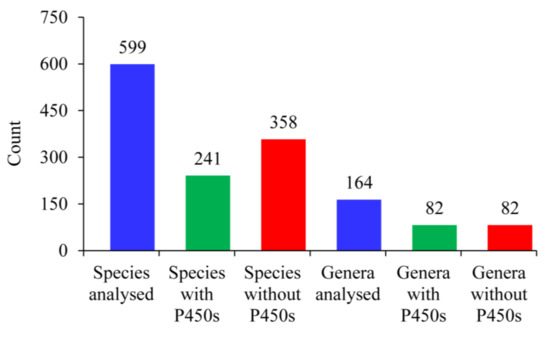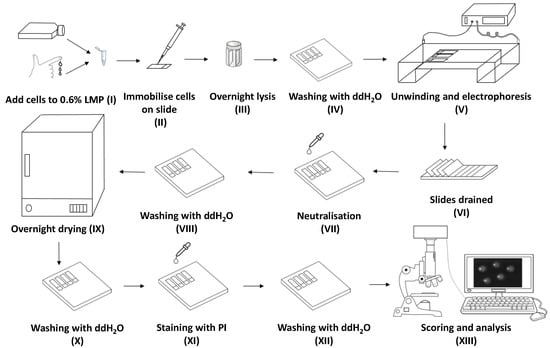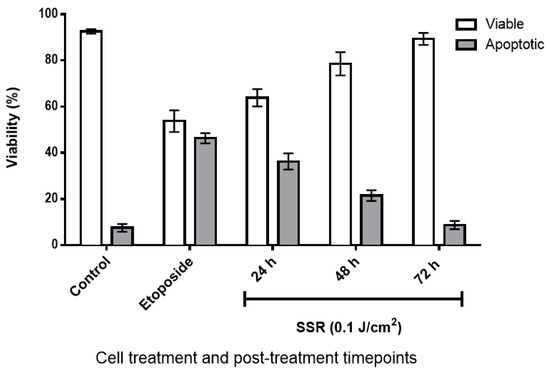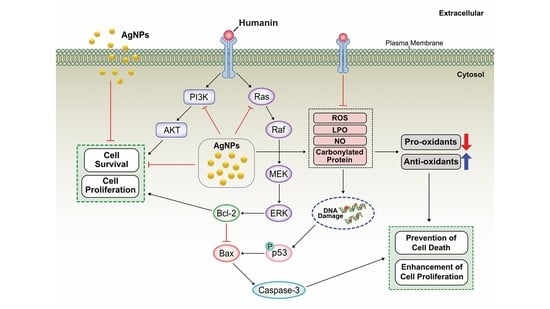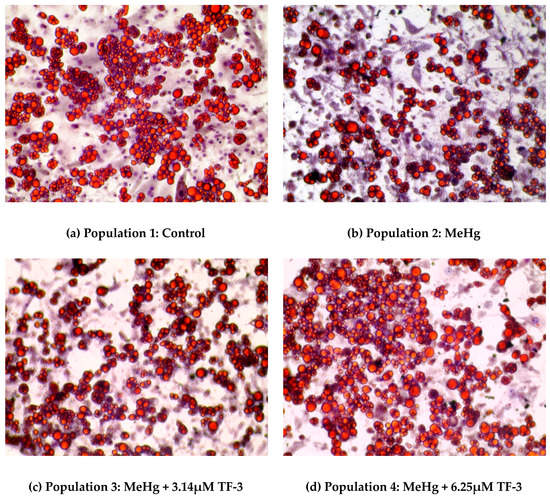Feature Papers in Molecular Toxicology
A topical collection in International Journal of Molecular Sciences (ISSN 1422-0067). This collection belongs to the section "Molecular Toxicology".
Submission Status: Closed | Viewed by 353718Editor
Interests: molecular biology; cell biology; biochemistry; analytical chemistry; pharmacy; medical chemistry; clinical pharmacology; toxicology; reactive oxygen species; free radicals; antioxidants; oxidative stress; redox modulation; nutrition; flavonoids; thiols; glutathione; reactive intermediates; lipid peroxidation; kinetics; structure activity relationship; biomarkers
Special Issues, Collections and Topics in MDPI journals
Topical Collection Information
Dear Colleagues,
The Topical Collection on Molecular Toxicology aims to rapidly publish research on the mechanisms of toxicity of compounds in animals, humans, or appropriate in vitro models. It is situated at the cutting edge of chemistry and biology and their relation to health. The focus is on molecules and their interactions with biomolecules, which will result in biological effects. Of special interest is the relation between the molecular characteristics of compounds and their biological activities (structure–activity relationships). Studies on molecular methods aimed at preventing toxicity or enhancing our understanding of health risk assessment are also welcome. The topics of interest include, but are not limited to:
- Food, drug, and chemical toxicology
- Genetic toxicology
- Reproductive toxicology
- Neurotoxicology
- Clinical toxicology
- Nanotoxicology
- Environmental and ecotoxicology
- Computational and predictive toxicology
- Food–drug interactions
- Idiosyncratic toxicity
- Toxins
Prof. Dr. Guido R.M.M. Haenen
Collection Editor
Manuscript Submission Information
Manuscripts should be submitted online at www.mdpi.com by registering and logging in to this website. Once you are registered, click here to go to the submission form. Manuscripts can be submitted until the deadline. All submissions that pass pre-check are peer-reviewed. Accepted papers will be published continuously in the journal (as soon as accepted) and will be listed together on the collection website. Research articles, review articles as well as short communications are invited. For planned papers, a title and short abstract (about 100 words) can be sent to the Editorial Office for announcement on this website.
Submitted manuscripts should not have been published previously, nor be under consideration for publication elsewhere (except conference proceedings papers). All manuscripts are thoroughly refereed through a single-blind peer-review process. A guide for authors and other relevant information for submission of manuscripts is available on the Instructions for Authors page. International Journal of Molecular Sciences is an international peer-reviewed open access semimonthly journal published by MDPI.
Please visit the Instructions for Authors page before submitting a manuscript. There is an Article Processing Charge (APC) for publication in this open access journal. For details about the APC please see here. Submitted papers should be well formatted and use good English. Authors may use MDPI's English editing service prior to publication or during author revisions.












